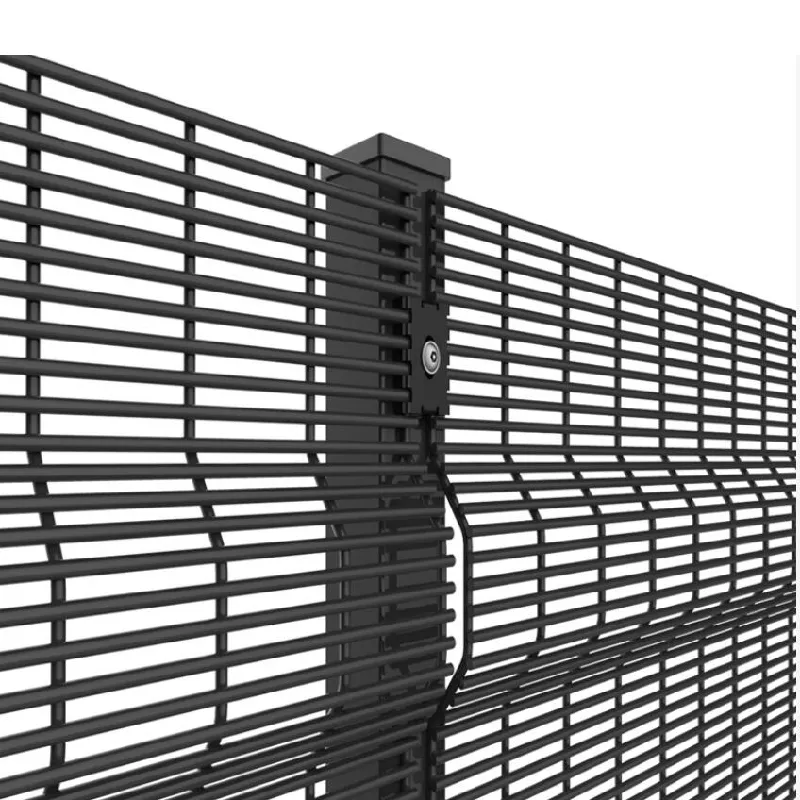
- Afrikaans
- Albanian
- Arabic
- Armenian
- Azerbaijani
- Basque
- Belarusian
- Bengali
- Bosnian
- Bulgarian
- Croatian
- Czech
- Danish
- Dutch
- English
- Esperanto
- Estonian
- Finnish
- French
- Galician
- Georgian
- German
- Greek
- hawaiian
- Hindi
- Hungarian
- Indonesian
- irish
- Italian
- Lao
- Latvian
- Lithuanian
- Luxembourgish
- Macedonian
- Maltese
- Myanmar
- Norwegian
- Polish
- Portuguese
- Romanian
- Russian
- Serbian
- Slovak
- Somali
- Spanish
- Swedish
- Thai
- Turkish
- Turkmen
- Vietnamese
Lis . 26, 2024 04:19 Back to list
building a field fence
Building a Field Fence A Comprehensive Guide
Building a field fence is an essential task for anyone looking to delineate property lines, contain livestock, or enhance the aesthetics of their land. Whether you are a farmer, a rancher, or a landowner, a well-constructed fence can serve multiple purposes while providing safety and security for your animals and crops. This guide will walk you through the essential steps and considerations for building a field fence.
Step 1 Planning Your Fence
Before you begin construction, it’s crucial to plan your fence. Start by determining the area you want to enclose. Use stakes or markers to outline the perimeter. This step will help visualize the fence's layout and ensure you adhere to property boundaries. Additionally, check local regulations or zoning laws related to fencing to avoid potential legal issues later on.
Consider what type of fence best suits your needs. There are various options available, including barbed wire, woven wire, electric fencing, and stock fencing. Each type has its advantages and disadvantages. For example, barbed wire is low-cost and effective for cattle, while woven wire provides better containment for smaller animals.
Step 2 Gathering Materials and Tools
Once you have a plan, gather all necessary materials and tools
. Common materials for building a field fence include- Fence posts (wooden, metal, or vinyl) - Fencing wire (barbed, woven, or electric) - Barbed wire or fencing staples (if applicable) - Concrete or gravel (for securing posts) - Gate hardware (hinges, latches)
For tools, you will typically need
- Post hole digger or auger - Hammer or sledgehammer - Wire cutters - Level - Measuring tape
Step 3 Installing Fence Posts
building a field fence

The first step in building your fence is installing the fence posts. Dig holes for the posts at regular intervals, usually 8 to 12 feet apart, depending on the type of fencing you choose. The depth of the hole should be about one-third of the post’s height above ground.
Once the holes are dug, place a post in each hole and fill it with concrete or gravel to secure it. Ensure the posts are vertical and align with each other using a level. Allow the concrete to set for at least 24 hours before attaching any fencing material.
Step 4 Attaching the Fencing Material
After the posts are securely in place, it’s time to attach the fencing material. If using wire fencing, unroll the wire along the length of the fence, starting from one corner post to the other. Use staples or fencing clips to secure the wire to the posts, making sure it is taut but not overly tight to avoid breaking.
For barbed wire, install the bottom strand first, then attach additional strands above it, spacing them according to your needs. If you are using electric fencing, be sure to follow the manufacturer’s instructions for installation and grounding.
Step 5 Installing Gates
Gates are essential for accessing and managing the enclosed area. Choose a location for your gate that is convenient for entry and exit. Install gate posts, making sure they are strong enough to support the gate's weight. Attach the gate with hinges, ensuring it swings freely without obstruction. Install a latch to keep the gate closed securely.
Step 6 Maintenance and Upkeep
Building a field fence doesn’t end with installation. Regular maintenance is necessary to ensure its longevity and effectiveness. Inspect the fence periodically for any damage, loose wires, or rotting posts. Address any issues promptly to prevent larger problems down the line.
Conclusion
Building a field fence is a rewarding project that can enhance your property significantly. With careful planning, the right materials, and diligent maintenance, your fence will serve its purpose for years to come, providing safety for livestock and marking your boundaries clearly. Whether you are a seasoned builder or a first-timer, following these steps will help you create a strong and functional field fence.
-
Versatile Sheep and Livestock Hurdles for Sale
NewsApr.14,2025
-
The Rise of BRC Fencing
NewsApr.14,2025
-
High-Quality Cattle and Horse Panels for Sale
NewsApr.14,2025
-
Durable Cattle Fencing Solutions
NewsApr.14,2025
-
Double Wire Fencing Solutions
NewsApr.14,2025
-
360 Degree Protection with 358 Anti-Climb Fences
NewsApr.14,2025









